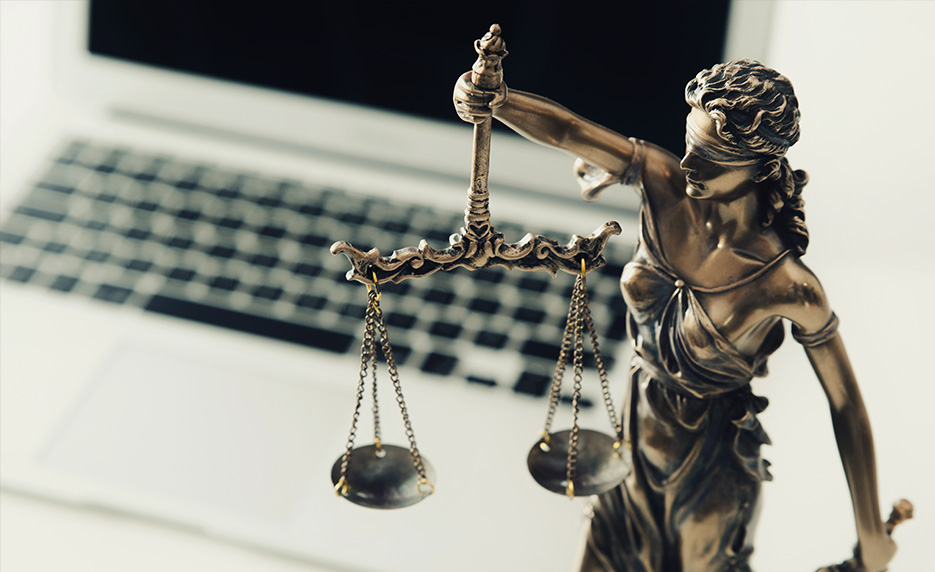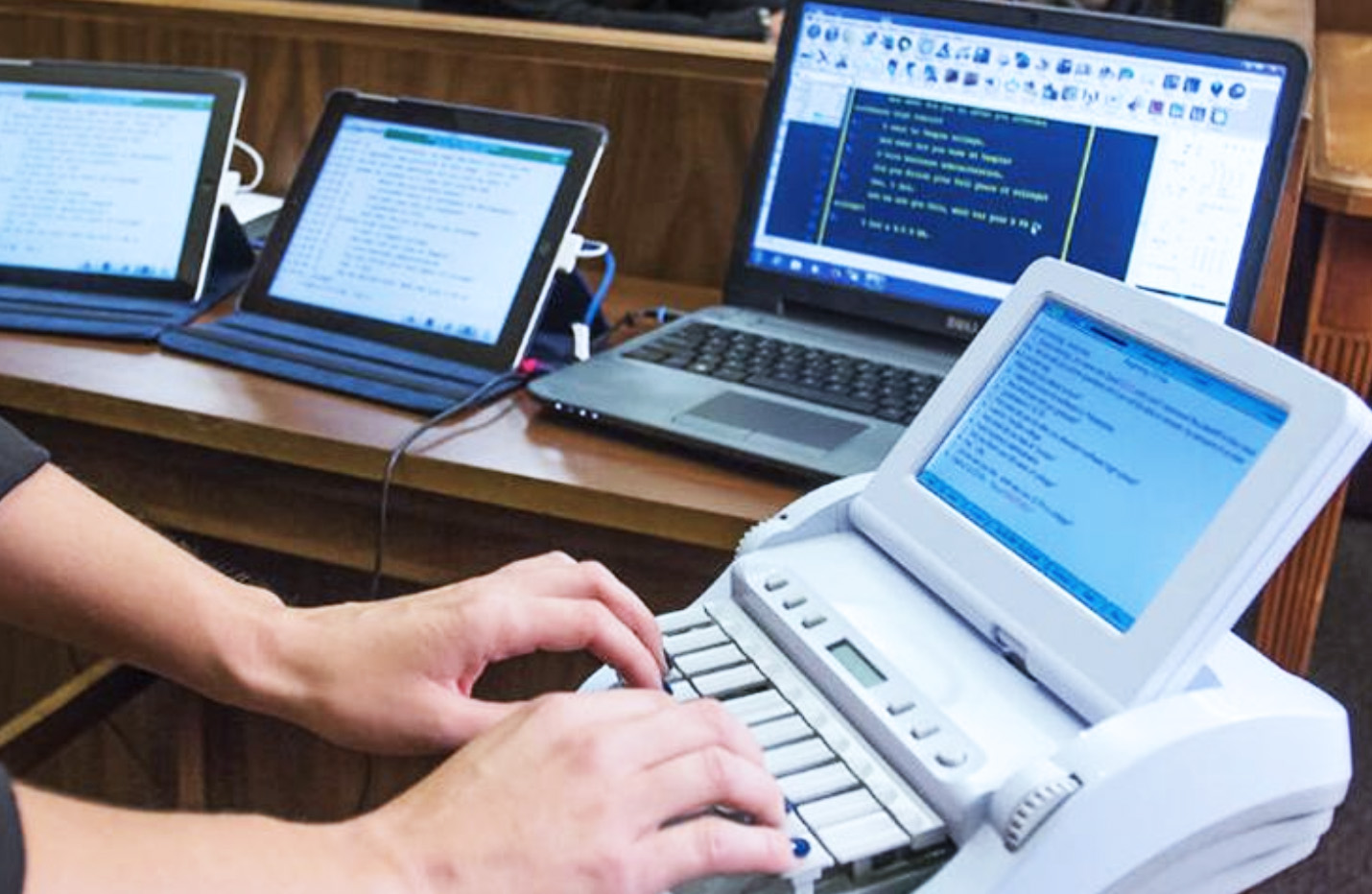Durham court reporting for criminal cases: what you should know
The Significance of Court Reporting in Ensuring Accurate Legal Procedures
Court reporting is a critical part of the lawful system. It offers a precise and objective document of court tasks. This documentation is crucial for appeals and lawful study, ensuring that every talked word is captured accurately. The stability of lawful proceedings depends heavily on these transcripts. The function of technology and progressing techniques elevates inquiries concerning the future of court reporting and its effect on justice. What modifications lie in advance?
The Role of Court Reporters in the Legal System
Stenotype reporter play a necessary role in the legal system by providing neutral and precise records of procedures. Their work guarantees that court discussions, witness testimonies, and legal disagreements are consistently documented, functioning as an official record for future recommendation. This paperwork is vital for charms, legal study, and keeping the honesty of judicial processes. Court press reporters are trained specialists proficient in stenography and various taping innovations, allowing them to record talked words with accuracy. They have to possess a detailed understanding of lawful terms and courtroom protocols, ensuring that their transcripts meet the criteria needed by the judicial system. Additionally, they might give real-time transcription solutions, allowing lawyers and courts to access info immediately throughout procedures. By meeting these duties, court reporters facilitate transparency, responsibility, and the fair management of justice, thus reinforcing the foundational principles of the legal system.
Guaranteeing Accuracy in Transcription
Precision in transcription is extremely important for keeping the honesty of legal proceedings. Court reporters thoroughly record every word talked during trials, hearings, and depositions, guaranteeing that the official document shows real discussion and exchanges that take place. This accuracy is crucial, as even minor errors can result in considerable misconceptions or misconceptions of the regulation.
To accomplish this level of precision, stenotype reporter use various methods, consisting of active listening and making use of specialized shorthand techniques. Continuous training and knowledge with lawful terminology additionally improve their capacity to generate dependable records.
The confirmation procedure is vital; press reporters frequently review their records for possible disparities prior to final submission. This diligence not just maintains the quality of lawful documents however additionally sustains the judicial process, allowing attorneys and courts to reference specific documents when making choices. Ultimately, precise transcription promotes trust fund in the lawful system and assurances that justice is served.
The Impact of Technology on Court Reporting
As modern technology remains to evolve, its impact on court reporting has ended up being significantly substantial. Digital tape-recording systems and speech recognition software have transformed conventional methods, offering brand-new devices for recording spoken dialogue. These advancements enhance efficiency and availability, allowing quicker transcription and real-time reporting. Additionally, cloud-based platforms facilitate seamless sharing of transcripts, boosting collaboration amongst legal professionals.

Eventually, while innovation enhances the speed and availability of court reporting, it underscores the requirement for human oversight to preserve the quality and accuracy important for lawful procedures. As the field proceeds to adapt, the integration of technology will certainly play an essential duty fit the future of court reporting.

The Significance of Confidentiality and Stability
Discretion and stability are basic concepts that underpin the technique of court reporting in lawful proceedings (durham court reporting). Court press reporters are left with delicate info, requiring them to keep discernment and safeguard the privacy of all celebrations involved. This confidentiality promotes a relying on atmosphere where witnesses and plaintiffs can speak freely, ensuring that the legal procedure is fair and just
Stability is equally important; stenotype reporter should supply accurate and unbiased records, working as the authorities record of the proceedings. Any lapse in stability can cause misconceptions, possibly influencing instance outcomes and undermining the judicial system.
Future Fads in Court Reporting
The landscape of court reporting is advancing in response to technical improvements and the altering requirements of the legal profession. Emerging fads consist of the combination of expert system and real-time transcription solutions, which enhance performance and accuracy. Stenotype reporter are progressively utilizing digital devices, such as cloud-based systems, enabling smooth cooperation amongst legal groups and easier access to transcripts.
In addition, the increase of remote court process has prompted the growth of specialized training for reporters in virtual settings. This change not only adapts to the demands of a globalized legal landscape yet also addresses difficulties postured by geographical obstacles.
Moreover, the emphasis on access is driving developments in transcription styles, making certain that lawful files satisfy varied target markets. On the whole, the future of court reporting is identified by a mix of traditional abilities and modern-day innovation, placing reporters as essential players in the legal procedure.
Regularly Asked Concerns
What Credentials Are Needed to Become a Stenotype Reporter?
To come to be a stenotype reporter, people commonly need a secondary school diploma, specialized training in court reporting, efficiency in shorthand or voice writing, and accreditation or licensing, depending upon the territory and specific task requirements. - durham court reporting
How Do Court Reporters Maintain Their Abilities In Time?
Court reporters preserve their abilities gradually via constant education and learning, you could look here practice, and involvement with professional organizations. They usually participate in workshops, utilize sophisticated modern technology, and take part in accreditation programs to boost their efficiency and adjust to advancing standards.
What Challenges Do Court Reporters Face in Their Profession?
Court reporters encounter many challenges, consisting of handling high-pressure atmospheres, adapting to varied accents and dialects, keeping technical effectiveness, making sure accuracy news under limited target dates, and try here dealing with mentally billed statements that might impact emphasis and performance.
Are Court Reporters Involved in Other Legal Setups Besides Courtrooms?
Stenotype reporter are indeed associated with different lawful setups beyond court rooms, consisting of depositions, arbitration hearings, and administrative proceedings. Their expertise assurances accurate records in these environments, adding to the clarity and dependability of legal documentation.
How Do Court Reporters Take Care Of Stressful Situations Throughout Process?

Stenotype reporter manage stressful situations by maintaining emphasis, using effective time monitoring abilities, and utilizing their training to stay tranquil. They frequently practice deep breathing and use approaches to decrease disturbances, making certain accurate documents under pressure.
Court reporting is a critical component of the lawful system. Court reporters play a necessary function in the lawful system by offering impartial and precise records of proceedings. Ultimately, while innovation improves the speed and ease of access of court reporting, it underscores the need for human oversight to keep the top quality and precision important for lawful proceedings. Confidentiality and integrity are essential principles that underpin the technique of court reporting in legal procedures. Court reporters are indeed included in numerous lawful settings past courts, including depositions, arbitration hearings, and management proceedings.